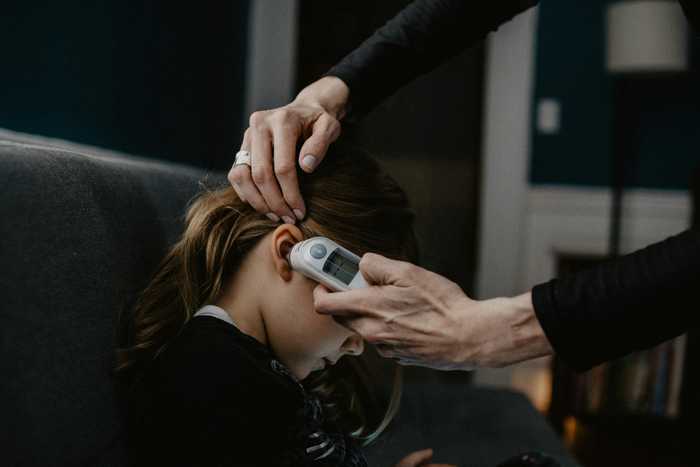Published 09:06 IST, February 25th 2024
Also known as 'black death', bubonic plague is the most common form of plague. It is caused by a bite of an infected flea.
Advertisement
A case of bubonic plague has been detected in Oregon for the first time in nearly a decade. For the unversed, the bubonic plague is an infectious disease that caused a pandemic back in the 14th century. In Europe, it wiped out half of the population with an estimated toll of 50 million. According to recent reports, it still exists and causes sporadic outbreaks in various parts of the world.
What is bubonic plague?
Also known as 'black death', bubonic plague is the most common form of plague. It is caused by a bite of an infected flea. Plague bacillus, Y. pestis enters the body through the bite. It then travels through the lymphatic system to the nearest lymph node where it replicates itself. The lymph node then becomes inflamed and painful.
Advertisement

Symptoms
According to the Centers For Disease Control And Prevention, the incubation period of bubonic plague is usually 2 to 8 days. Patients develop fever, headache, chills, and weakness and one or more swollen, painful lymph nodes (called buboes). “This form usually results from the bite of an infected flea. The bacteria multiply in a lymph node near where the bacteria entered the human body. If the patient is not treated with the appropriate antibiotics, the bacteria can spread to other parts of the body,” states the official website.

More about Oregon case
Bubonic plague, the kind contracted by the Oregon resident, happens when the plague bacteria gets into the lymph nodes.
Advertisement
According to the Associated Press, septicemic plague symptoms happen if the bacteria gets into the bloodstream. It can occur initially or after bubonic plague goes untreated. This form of plague causes the same fever, chills and weakness, as well as abdominal pain, shock and sometimes other symptoms like bleeding into the skin and blackened fingers, toes or the nose.
09:06 IST, February 25th 2024